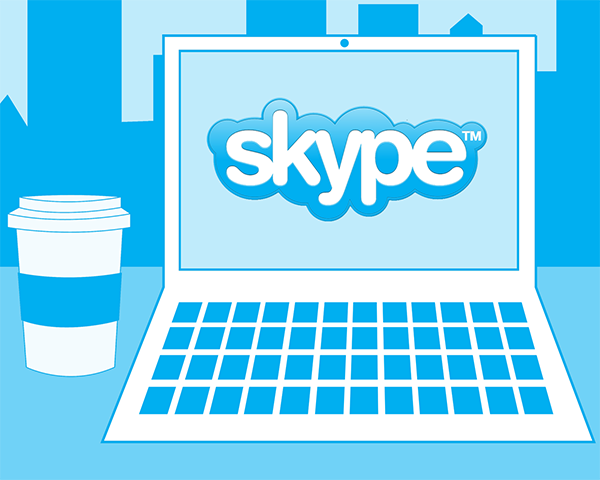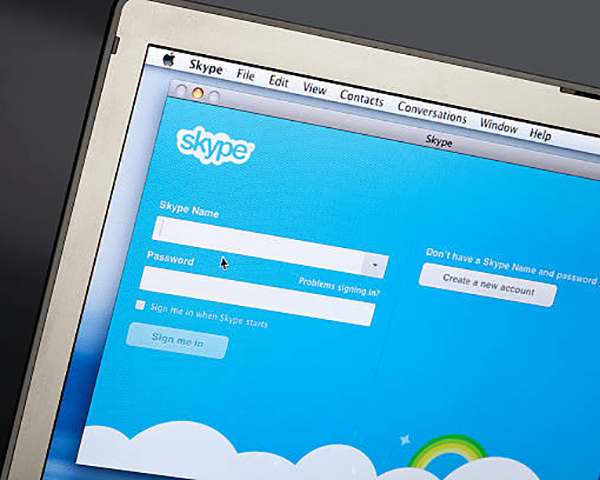 A few years ago, as I was nearing the completion of my graduate studies in studio art, I decided to give the academic job market a try. I’ve held a job in some capacity since I was 15, so I assumed this arena would be somewhat similar to other job markets in the U.S. I had no idea what I was getting myself into. I won’t go into the daunting details of what an academic job packet consists of or how unlikely it is that you even make it to the top of the stack. But, if you’re interested, I would recommend reading anything Karen Kelsky has written on the subject. A very abbreviated version of the process goes a little something like this:
A few years ago, as I was nearing the completion of my graduate studies in studio art, I decided to give the academic job market a try. I’ve held a job in some capacity since I was 15, so I assumed this arena would be somewhat similar to other job markets in the U.S. I had no idea what I was getting myself into. I won’t go into the daunting details of what an academic job packet consists of or how unlikely it is that you even make it to the top of the stack. But, if you’re interested, I would recommend reading anything Karen Kelsky has written on the subject. A very abbreviated version of the process goes a little something like this:
- Send in your 30- to 50-page application packet. Make it count because you’ll be competing with 500 other applicants.
- If you make the first cut, you get an initial interview (usually via Skype).
- If that goes well, you get an on-campus interview.
- If that goes well (and the search committee realizes they simply cannot go on without you as part of their team), you get a job offer.
- If you accept the offer, you pack your moving van and settle in for a solid 5-year, 10-year, or even 20-year gig.
Skype is great for international communication. It’s basically free, and the digital hiccups that often occur when using it can be overlooked because you’re video chatting with a friend thousands of miles away. It is not so great for a moderately formal interview. But I realize this kind of communication (awkward, grainy video that often cuts out and highlights the area under everyone’s chin) is an important and integral part of our modern era.
Within the realm of university teaching jobs, a Skype interview is a good sign, but it is truly only the first of many hoops to jump through before a job offer is made. It’s the initial interview that takes place before the search committee decides if they want to spend the time, effort, and funds to bring you to campus for the coveted on-campus interview. It is also the search committee’s first verbal and (hopefully) visual encounter with you, so your execution of this virtual interview is crucial. This is how my first interview went, navigating the two unfamiliar realms of formal Skype and academia back in 2013.
February 2013
 As the time for my Skype interview neared, I patiently went over any final details that I might have missed during my multiple mock interviews. I read over my teaching statement, research statement, cover letter, and the job description itself. I practiced my already well-rehearsed answers to the questions I thought I would hear. I scribbled a few more last-minute notes, and of course checked the framing of my screen camera via the laptop’s Photo Booth program. With only a few minutes left, I felt relaxed, fully confident, and, after a short walk around the neighborhood, my body temperature was regulated.
As the time for my Skype interview neared, I patiently went over any final details that I might have missed during my multiple mock interviews. I read over my teaching statement, research statement, cover letter, and the job description itself. I practiced my already well-rehearsed answers to the questions I thought I would hear. I scribbled a few more last-minute notes, and of course checked the framing of my screen camera via the laptop’s Photo Booth program. With only a few minutes left, I felt relaxed, fully confident, and, after a short walk around the neighborhood, my body temperature was regulated.
Right on schedule, the department chair’s name appeared on the screen, and to my surprise, my heart didn’t skip a beat. I wasn’t nervous at all. In fact, I was excited about this opportunity to speak with tenured faculty, (virtual) face to (virtual) face. I clicked the appropriate button to answer the call and send them a video feed of my glowing face illuminated by beautiful diffused light from a carefully selected north-facing window. The only problem was the video button wasn’t working. I had seen this before; after a click or two it would work, I was sure of it.
I certainly don’t consider myself to be a luddite, but in that moment I would not blame the search committee for losing interest in me as a candidate for a position with responsibilities to teach digital video…much like the video that I could not get to work. After remaining only a Skype icon for about ten minutes of the allotted twenty, I had given up on letting the faculty on the other end have an informed glimpse into my life. I imagined I would forever be etched in their memories as the disembodied voice of a potential candidate that struggled with technology. Then suddenly, as if by a miracle, I realized I had left the Photo Booth program open; the computer’s camera could not be used by another program running simultaneously. I quickly remedied the situation, and we all had a laugh. Although there was no time for me to explain why the video didn’t work, I hesitated to interject that this could’ve really happened to anyone. Really.
Not only was I relieved to have resolved this technical issue, but the faculty looked relieved that I could figure out how to operate a simple program like Skype. Nevertheless, I felt that it was too late. It was obvious that I was concerned. In turn, I was thrown off by this technological faux pas, and I inadvertently let my performance during the non-video portion of the interview show this. I did notice the faculty share some genuine smiles once they were able to see my own smile, but the proverbial damage may have already been done.
When I hung up, I didn’t have that sinking feeling that immediately follows something like a failed interview, but I wasn’t convinced I nailed it either. What I learned, which may be more important than the outcome of the interview, is that it is possible to prepare too much and lose sight of the immediate and the now. I had envisioned presenting the search committee with a gleaming, well-lit image of my fresh haircut, trimmed beard, and colorful dining room. When that didn’t happen, I panicked and lost my focus in delivering my answers. This would have been a great way to exhibit my adaptability or astuteness. Even though I had gone over this interview countless times in my head, this just wasn’t in the plan.
I never heard back from this department about the job.
 I learned a great deal about myself from this interaction, including how naive I was regarding both academic teaching jobs and formal Skype. I got so caught up in the perceived prestige of academia that I lost my ability to solve a simple problem (this is a very academic approach, by the way). I overlooked the obvious (the other program that I opened five minutes earlier was using the computer’s camera) because I was overthinking the situation (I may need to go reset the router. I’ll ask if I can restart my computer. This committee thinks I’m incompetent. Why would they hire me? I studied everything I possibly could about this school and the people there. Why is this happening to me? I’m not a luddite, I swear!)
I learned a great deal about myself from this interaction, including how naive I was regarding both academic teaching jobs and formal Skype. I got so caught up in the perceived prestige of academia that I lost my ability to solve a simple problem (this is a very academic approach, by the way). I overlooked the obvious (the other program that I opened five minutes earlier was using the computer’s camera) because I was overthinking the situation (I may need to go reset the router. I’ll ask if I can restart my computer. This committee thinks I’m incompetent. Why would they hire me? I studied everything I possibly could about this school and the people there. Why is this happening to me? I’m not a luddite, I swear!)
I eventually landed a faculty position at a different university, and am now, a few years later with a host of Skype interactions under my belt, happily employed in higher ed. Every academic job since that day has had an initial interview that was a Skype interview. Sometimes there were a few technical kinks to work out with Skype, but overall the whole experience is hardly ever as formal as I once imagined it. There was no need for the distinction of formal Skype.
Earlier this year I made it through the virtual interview unscathed, was invited to visit the campus, and was hired here at Emory. Hooray for progress! But I have to continually remind myself and the students, faculty, and staff I now work with that if a problem arises, the solution may already be within reach. The situation we sometimes find ourselves in may not be as formal/solemn/uncomfortable as we think.
Academia is a place for critical thought. It celebrates elaborate and ornate solutions. I am happy to be included within a community that supports such in-depth inquiry. But, in all of my research, I oftentimes end up circling back around to where I started, only to find the solution was painfully obvious and within my reach all along.
